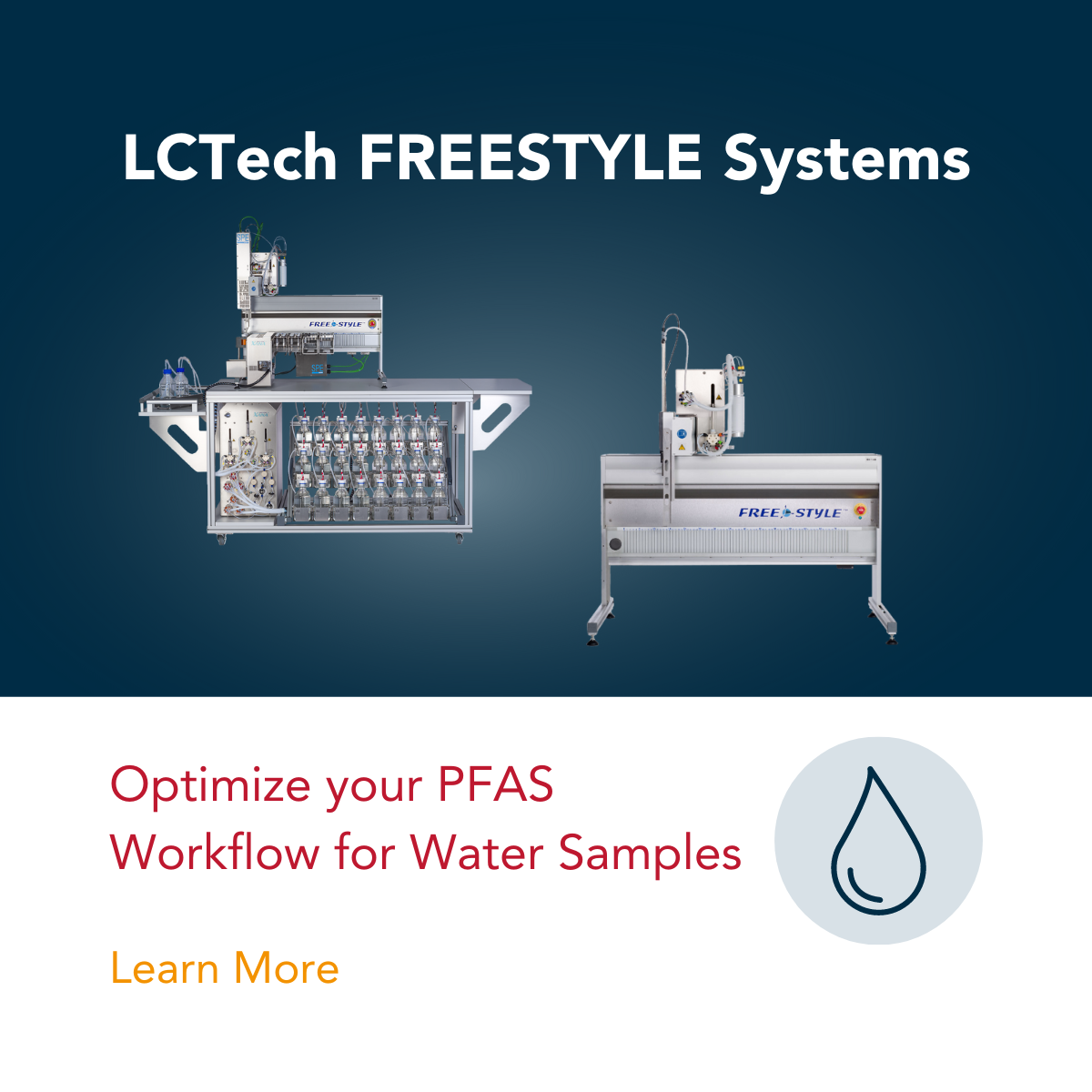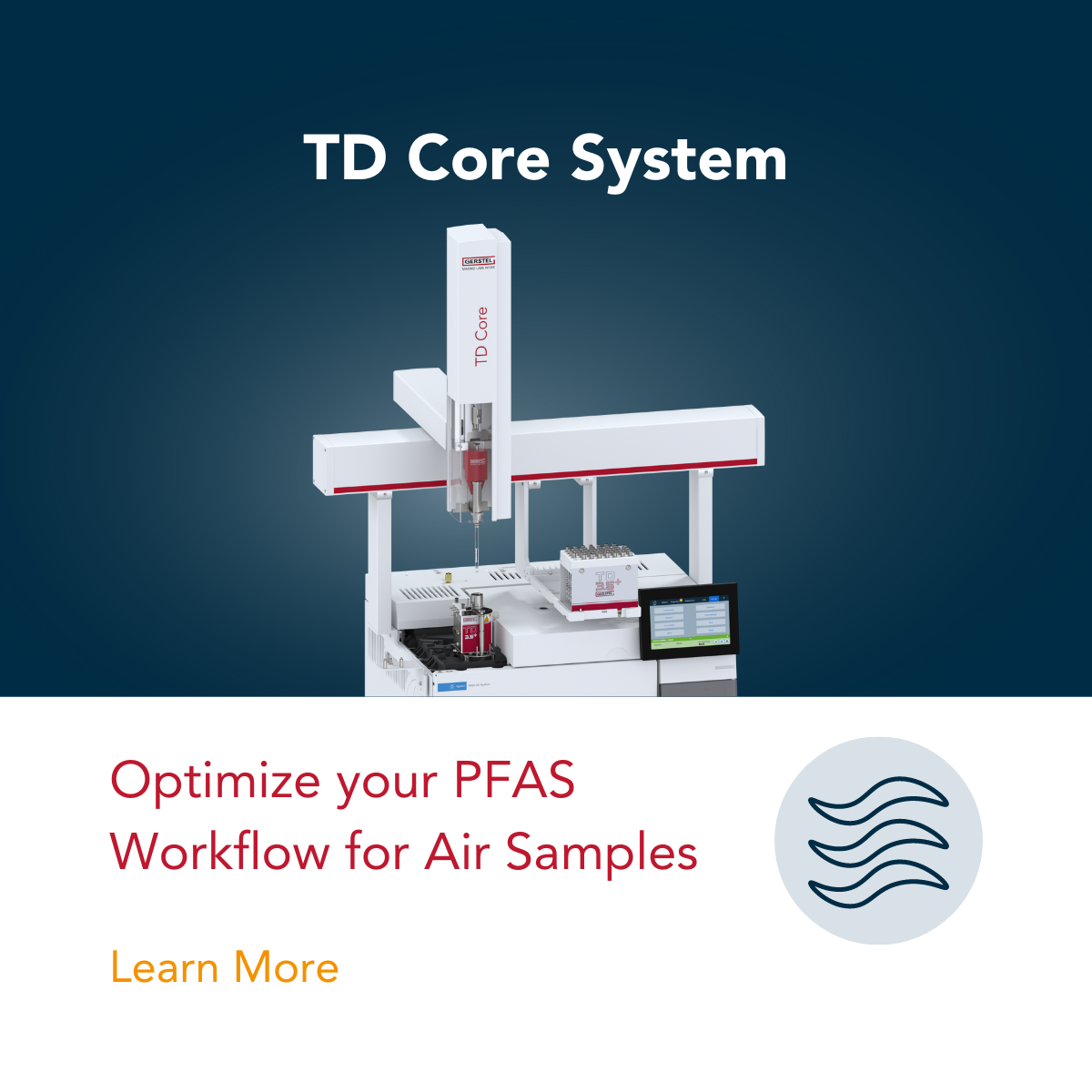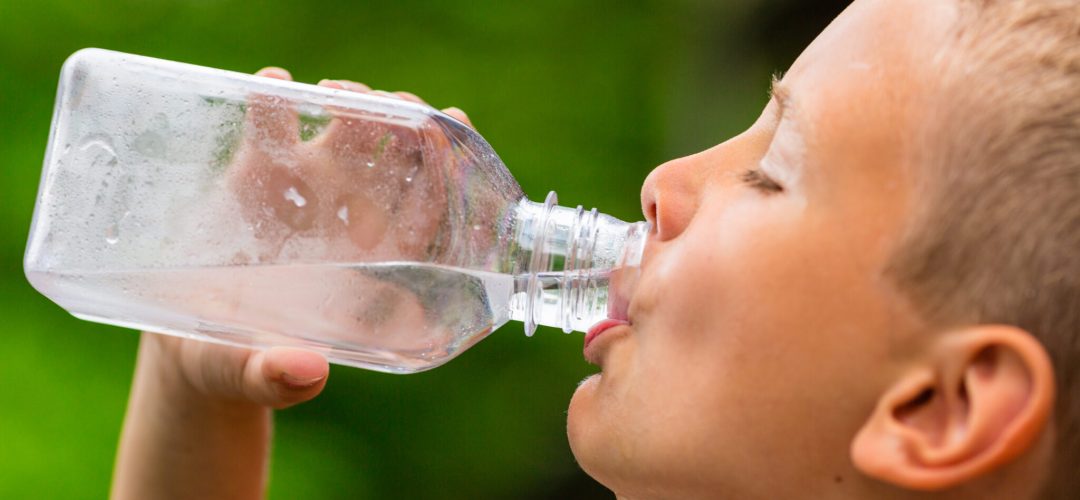
Per- and polyfluoroalkyl substances, or PFAS, are man-made compounds that have been manufactured since the 1940s. Their unique chemical properties, such as heat, oil, and water resistance, contributed to the development of many modern conveniences, including:
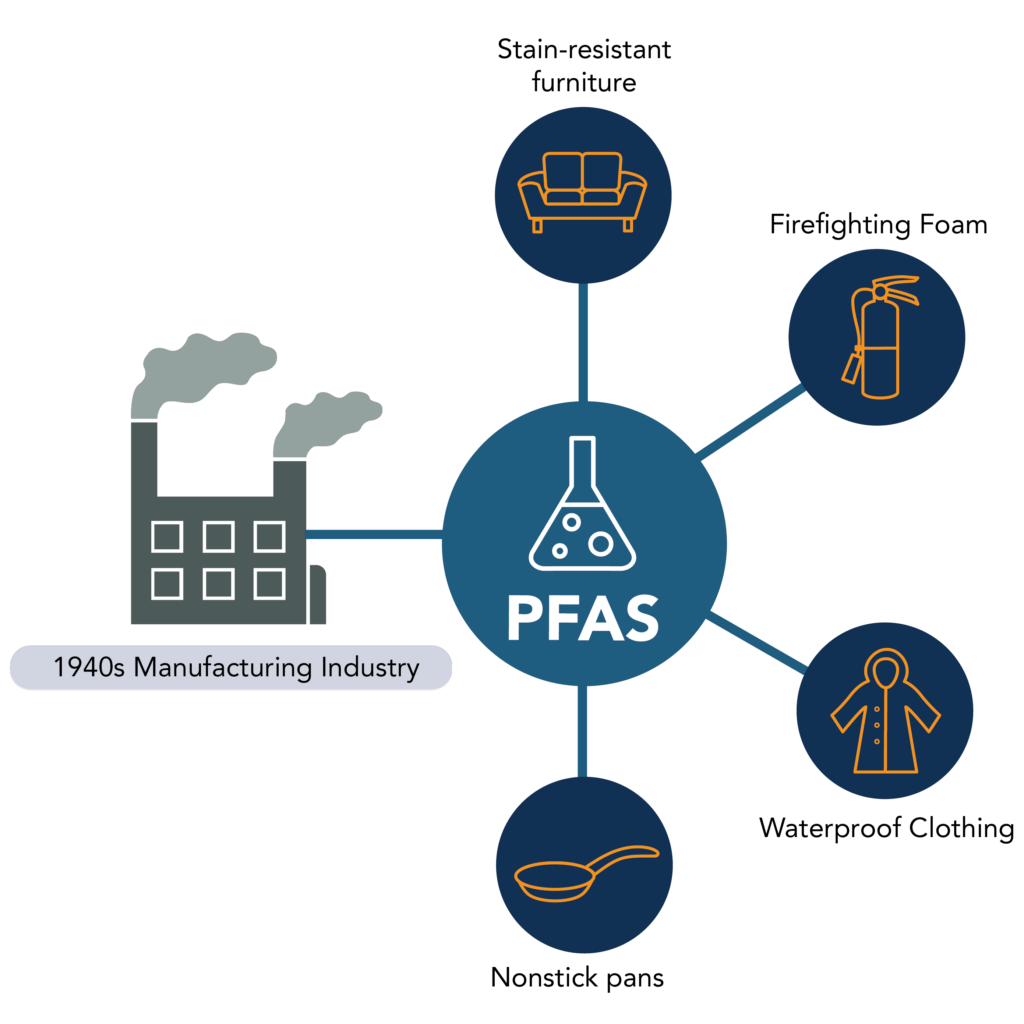
PFAS consist of thousands of compounds containing multiple shared bonds between carbon and fluorine, one of the strongest, most stable bonds in organic chemistry.
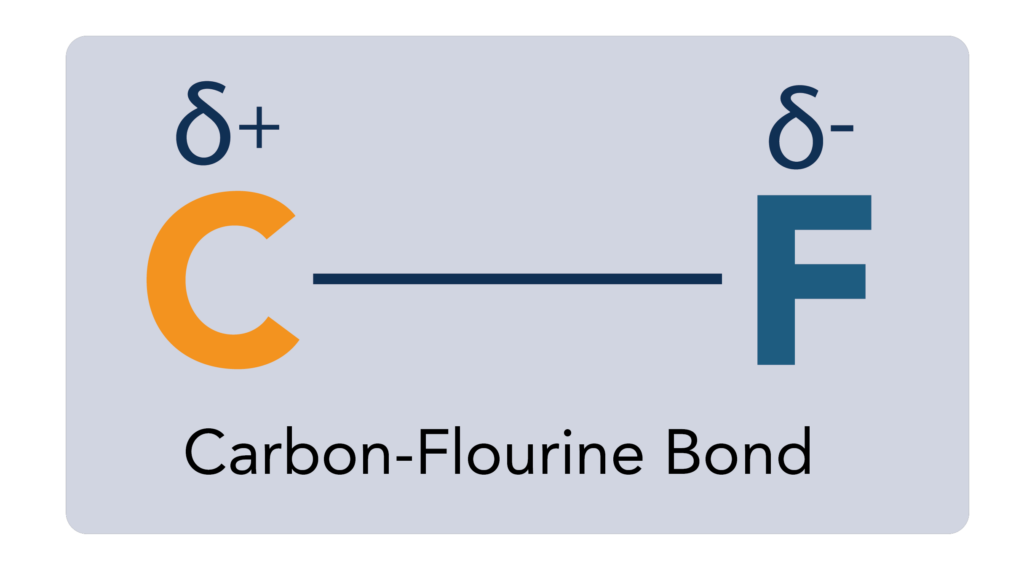
Commonly referred to as “forever chemicals,” PFAS do not naturally break down and persist in the environment for decades or more. They enter living organisms, including humans and animals, through air, water, soil, and food. Recent studies have detected PFAS in the blood of people worldwide, including newborn babies [1], and there is evidence that their presence in the body can have adverse health effects.
The most studied types of PFAS include perfluorooctanoic acid (PFOA), used in non-stick pans, and perfluorooctanesulfonic acid (PFOS), used in firefighting foam and other industrial processes. Both have been discontinued from manufacturing but persist in the environment after decades of use.
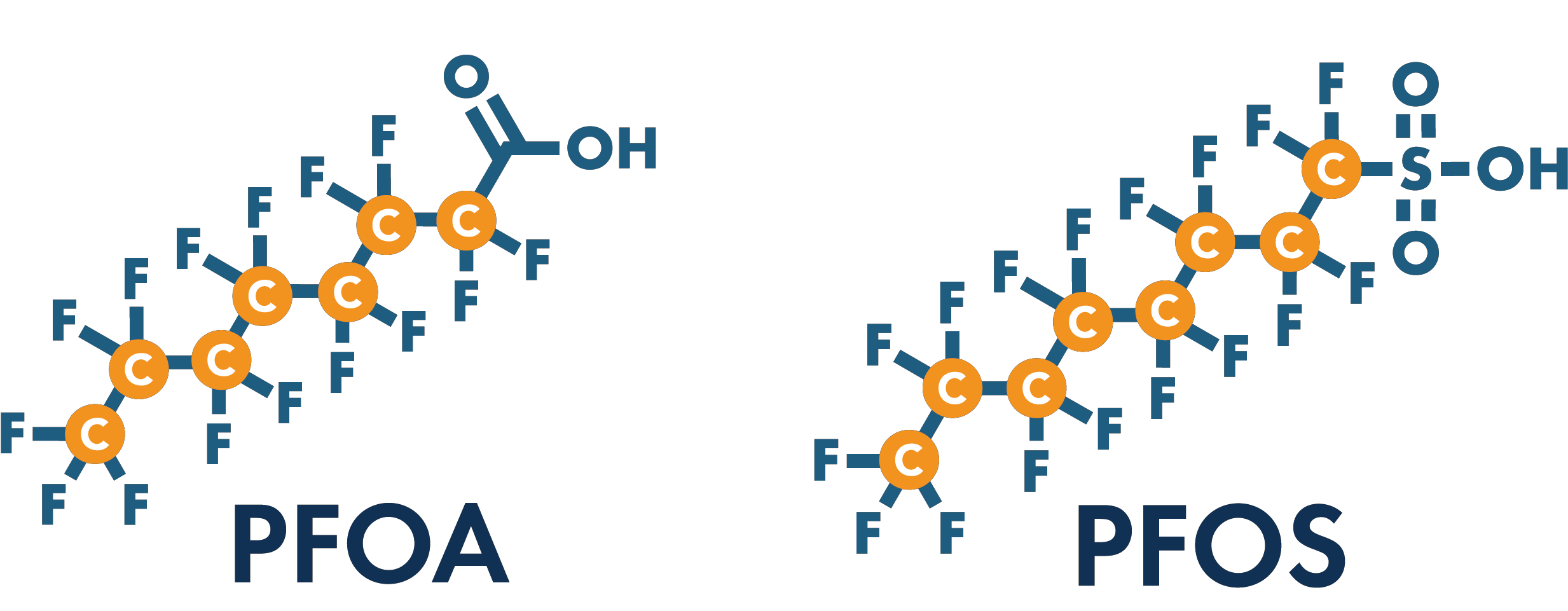
New “replacements” include the short chain GenX PFAS, consisting of 6 carbon atoms instead of 8. Unfortunately, these substitutes are also known to be toxic and present in a variety of household products such as:
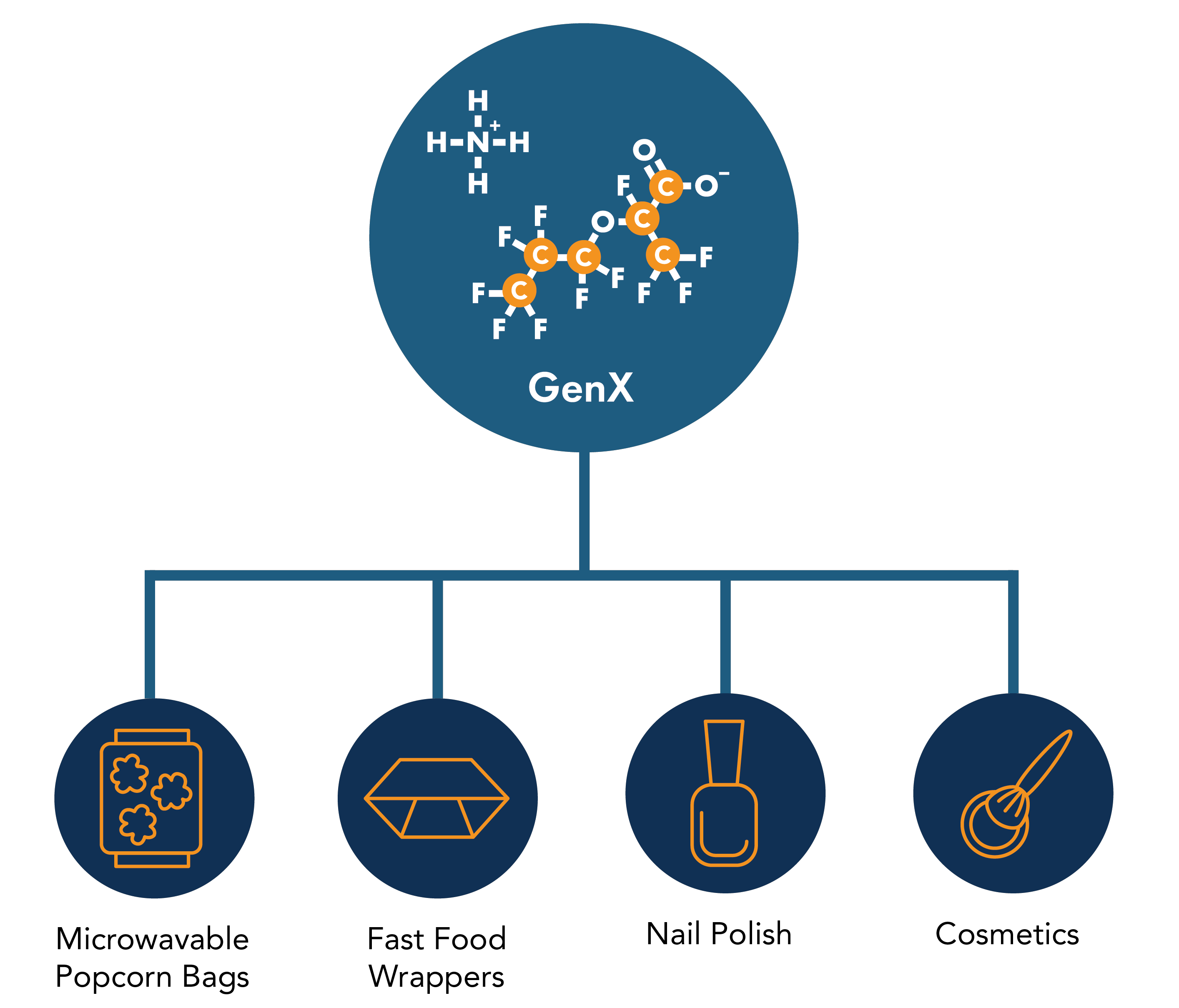
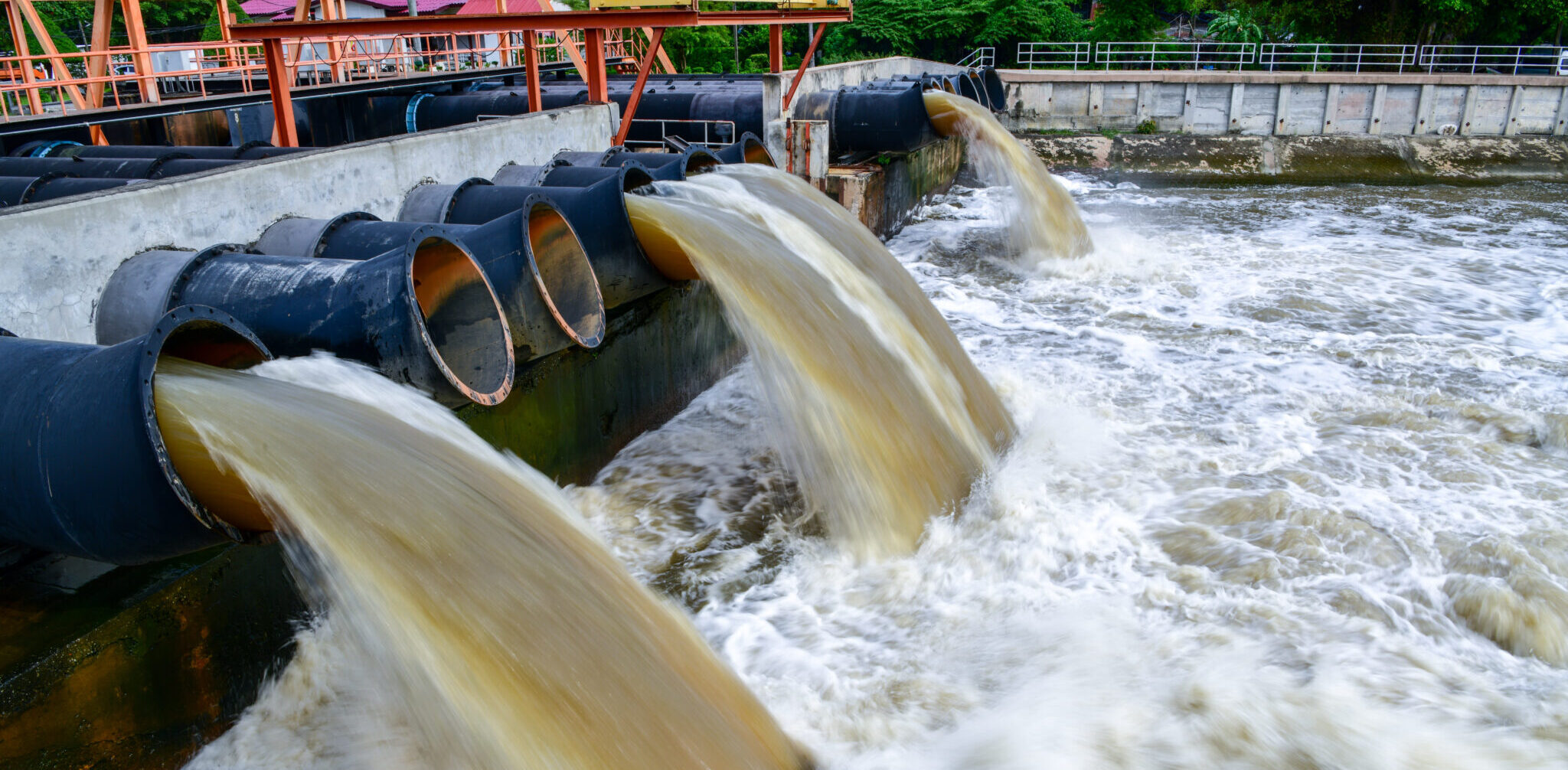
Since PFAS have only existed since the 20th century, it is unknown how long they will remain in the environment, but scientists estimate anywhere from decades to centuries [2]. With over 6,000 known PFAS in the environment, contamination occurs at various stages of production, product use, and industrial waste and waste sites. These chemicals have even been detected in remote areas such as the Arctic due to their ability to travel in wind currents and water.
 One of the biggest environmental concerns today is PFAS in drinking water, affecting over 200 million Americans at concentrations of one part per trillion or higher[3]. Over 3,186 locations have been identified with PFAS contamination in the US [4].
One of the biggest environmental concerns today is PFAS in drinking water, affecting over 200 million Americans at concentrations of one part per trillion or higher[3]. Over 3,186 locations have been identified with PFAS contamination in the US [4].
 PFAS in air is also an increasing environmental concern. Of the three main subgroups, only PFOA are volatile. However, the breakdown products of PFOS and GenX, such as fluorotelomer alcohols, are also volatile.
PFAS in air is also an increasing environmental concern. Of the three main subgroups, only PFOA are volatile. However, the breakdown products of PFOS and GenX, such as fluorotelomer alcohols, are also volatile.

“Forever Chemicals” have been linked to various health problems, including:
- kidney and testicular cancer
- low birth weights
- higher cholesterol
- decreased immune response in children [5]
They have been detected in the blood of 99% of Americans [2]. As research reveals their toxicity, governmental regulations are becoming increasingly necessary to protect human health.

Water quality is of the utmost importance, and the necessity of analyzing water for emerging contaminants has been brought to light. The current and upcoming regulations in the EU and US make it necessary to test drinking water for PFAS content. Different methods for PFAS determination in the EU and US exist, such as:
All of these regulated methods require solid phase extraction (SPE) prior to liquid chromatography-tandem mass spectrometry (LC-MS/MS), and the large volume of sample testing that is being required will best be met through automation of the SPE process. The FREESTYLE XANA-PFAS robotic system is especially suited for the automation of PFAS determination because it contains no fluorine-containing plastics such as PTFE in the flow path, thus solving the significant issue of high blank values that are present in other systems. By the application of fully automated parallel solid phase extraction, multiple samples can be processed at the same time. Thus, high sample throughput with low demand for personnel resources is obtained.
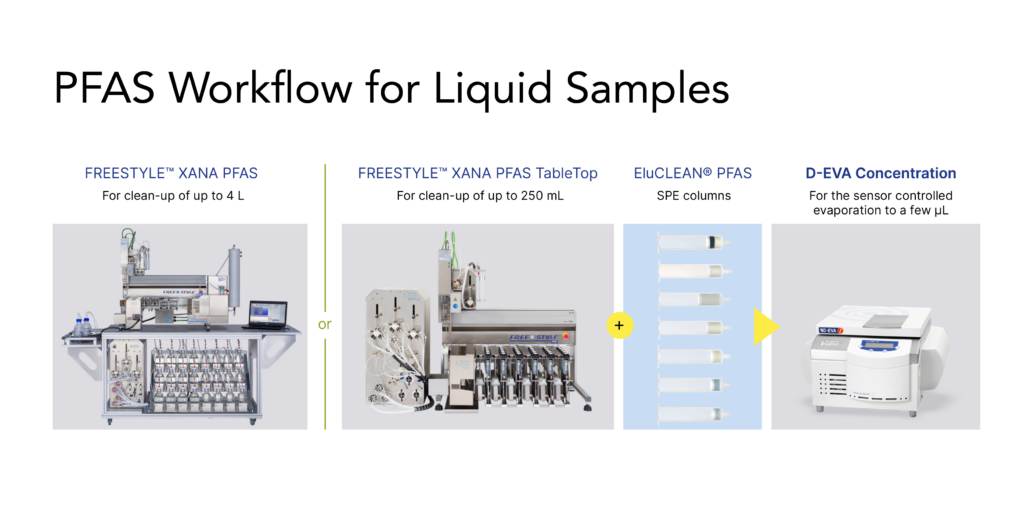

Most of the PFAS species in water are ionic, which helps them travel in water over great distances and makes them a risk to human health. However, ionized species do not have sufficient vapor pressure to migrate effectively into the air. Thus, most of the targets of water analysis, such as PFOS and GenX, are not an issue for air contamination.
There are many other PFAS species that are volatile enough to be of concern. These species often come from stain protector treatments of common household items, such as:
- mattress covers
- coats
- grease-resistant food packaging
This is an active area of research of the US EPA[6]. In this recent paper, several types of consumer-grade bedding sets were found to contain significant quantities of volatile fluorotelomer alcohols (FTOHs).
Current Standards and Methods
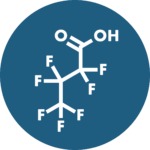 Unlike PFAS in water, there are no official methods for volatile PFAS. The EPA has a method for exhaust stack emissions (OTM-45) but it is not applicable to indoor air, industrial hygiene, or other types of air. Consequently, standards organizations such as ASTM and ISO are working on non-governmental methods. GERSTEL has been actively contributing to standards organizations for over a decade.
Unlike PFAS in water, there are no official methods for volatile PFAS. The EPA has a method for exhaust stack emissions (OTM-45) but it is not applicable to indoor air, industrial hygiene, or other types of air. Consequently, standards organizations such as ASTM and ISO are working on non-governmental methods. GERSTEL has been actively contributing to standards organizations for over a decade.
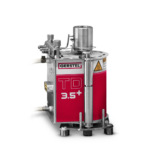
GERSTEL and our channel partner Agilent have also partnered with Eurofins – Air Toxics Laboratory in Folsom, CA to develop a sensitive and highly selective method for volatile PFAS analysis using GERSTEL’s Teflon-free thermal desorption system (TD Core), gas chromatography, and tandem mass spectrometry. Many presentations on this methodology have been presented at the National Environmental Monitoring Conference (NEMC) over the last several years.
PFAS Workflow Solutions
References
- [1] “Children’s Exposure to PFAS Chemicals Begins in the Womb,” www.ewg.org, https://www.ewg.org/news-insights/news/childrens-exposure-pfas-chemicals-begins-womb. Accessed: Sep 19, 2023.
- [2] “About PFAS,” www.pfasfree.org.uk, https://www.pfasfree.org.uk/about-pfas#:~:text=Some%20forms%20of%20PFAS%20can,environment%20for%20thousands%20for%20years.. Accessed: Sep 19, 2023.
- [3] “Study: More Than 200 Million Americans Could Have Toxic PFAS in Their Drinking Water,” www.ewg.org, https://www.ewg.org/news-insights/news-release/study-more-200-million-americans-could-have-toxic-pfas-their-drinking. Accessed: Sep 19, 2023.
- [4] “Interactive Map: PFAS Contamination Crisis: New Data,” Environmental Working Group, 2023. [Online]. Available: https://www.ewg.org/interactive-maps/pfas_contamination/map/. [Accessed: 19-Sep-2023].
- [5] “Health Effects of PFAS,” www.atsdr.cdc.gov, https://www.atsdr.cdc.gov/pfas/health-effects/index.html. Accessed: Sep 19, 2023.
- [6] Z. G. Robbins, X. Liu, B. A. Schumacher, M. G. Smeltz, H. K. Liberatore, “Method development for thermal desorption-gas chromatography-tandem mass spectrometry (TD-GC–MS/MS) analysis of trace level fluorotelomer alcohols emitted from consumer products,” Journal of Chromatography A, vol. 1705, 2023. [Online]. Available: https://doi.org/10.1016/j.chroma.2023.464204.


